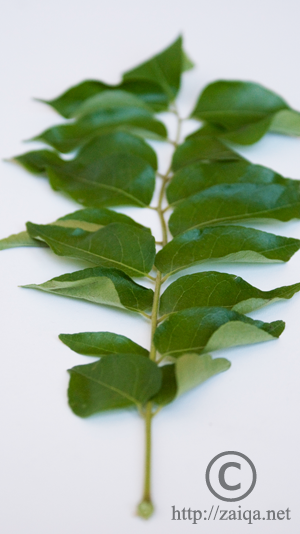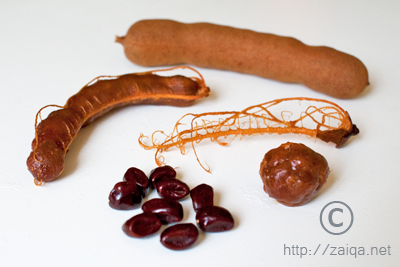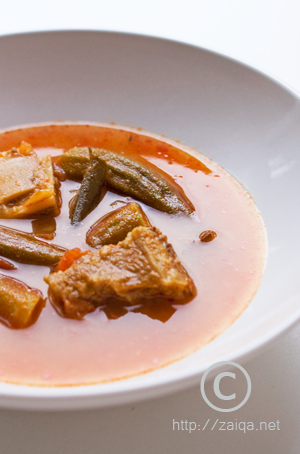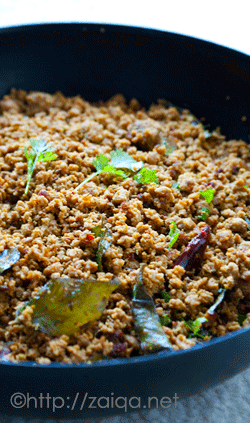Simple dals like the old-time Tamatar Dal always reminds of home, my childhood and comforts a vexed being. Thin soup like consistency of pureed flavored dals with a delicious tempering of spices is a staple in my house, used to wet rice and enjoyed along with a vegetarian or a non-vegetarian dry dish on the side.
Indian tomatoes are naturally sour unlike the tomatoes available here, that are slightly sweetish in taste. The sourness of the tomatoes imparts a delicious flavor to the dal.
A baghaar of aromatic healing spices in a little amount of ghee adds a delightful flavor to the dal. You could also use vegetable or canola oil instead.
Tamatar Dal – Tomato Lentil Soup
Ingredients:
Tuvar Dal/Yellow lentils – 1 cup
Water
Large Red Tomato – 4, roughly chopped
Small Green chillies – 4, finely chopped
Red Chilli powder – 2 tsp
Salt
Turmeric – 1/4 tsp
Ghee – 2 tsp
Curry leaves – 10 fresh leaves
Cilantro/Kothmir – 3 tbsp, finely chopped
Mint – 1 tbsp
Cumin seeds/Zeera – 1 tbsp
Dried Red chillies- 3
Garlic pods/Lahsun – 2, each sliced into two if the pods are very large

Tamatar ki Dal
Method:
1. Wash and drain the dal. Add the drained dal in a saucepan and pour in about three cups of water. Add 1 tsp salt, green chillies, chopped tomatoes and bring it a boil. Lower the heat to medium, half cover the lid and let cook until the dal is soft and mushy. Add more water if needed.
2. At this stage, you can pour the dal contents into a blender and blend until pureed. This is entirely optional, only if you prefer a smooth consistency. Or you can just mash up the cooked dal using a ‘Dal Ghotni’. Pour it back into the same saucepan, and add red chilli powder, 2 tsp salt and turmeric. Mix well and add 2 glasses of water. Let cook on medium heat uncovered for 10-15 minutes, until you achieve a just slightly thick soup like consistency. Remove from heat. Add chopped cilantro and mint leaves.
3. Pour ghee into a pan at medium high heat. As soon as it gets warm, add the garlic pods, stir fry until the garlic pods are lightly reddish brown in color. Quickly mix in cumin seeds, dried red chillies and curry leaves. Remove the pan from heat. This is the baghaar or the tempering. Add the contents of the pan into the dal and mix well. Serve.
Suggested Accompaniments: Khushka and any vegetarian or non-vegetarian dish.
This delicious dal is my entry to the event ‘Delicious Dals from India’ being hosted by Suma at her blog Veggie Platter.
Luv,
Mona






